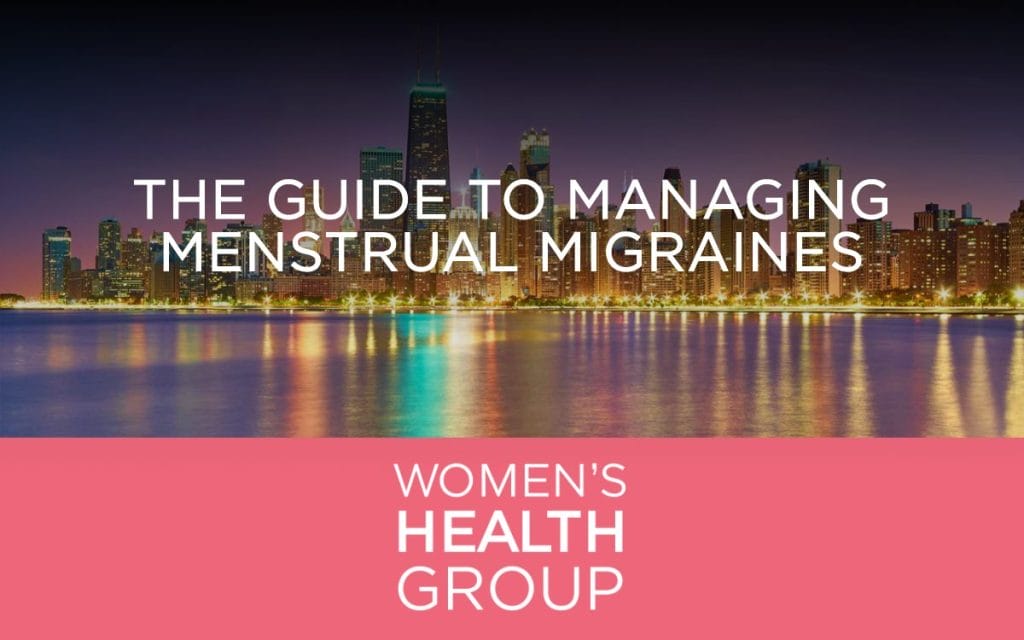Understanding Menstrual Migraines
Menstrual migraines are a common problem affecting a significant number of women. They occur in a pattern that appears to be directly linked to the menstrual cycle, and are characterized by intense, throbbing headaches, sometimes accompanied by symptoms such as nausea and increased sensitivity to light and sound. The Women’s Health Group has spent years helping women in Chicago, Illinois, and around the United States understand and manage these debilitating headaches. This article aims at providing detailed, valuable information on menstrual migraines, from understanding their causes to exploring effective treatment options.
The Link Between Menstruation and Migraines
Medical researchers believe that menstrual migraines are triggered by the drop in estrogen levels that occurs just before menstruation begins. Estrogen, among its many roles in the body, affects chemicals in the brain that can cause migraines. However, other hormonal factors may also contribute. Mayo Clinic indicates that more than half of migraine sufferers, male or female, have a close relative who also experiences migraines, suggesting a genetic component.
Recognizing a Menstrual Migraine
Menstrual migraines are distinct in their timing and symptoms. Typically, they occur in the two days leading up to your period and the first three days of your period. Some women experience migraines throughout their cycle but notice a significant increase in frequency and severity during this specific window. Menstrual migraine symptoms might include moderate to severe pain, often described as a throbbing or pulsating sensation, usually confined to one side of the head.
Diagnosing Menstrual Migraines
There are no definitive tests for diagnosing menstrual migraines. Instead, the diagnosis is made based on clinical history, the timing of migraines, and the exclusion of other potential causes. A detailed headache diary can be helpful in making this determination and should include data on your menstrual cycle, the timing of migraines, their severity, duration, and any associated symptoms.
Preventing and Treating Menstrual Migraines
Preventing menstrual migraines often involves avoiding triggers and using preventative medication. Regular exercise, dehydration avoidance, and a healthy diet can reportedly be beneficial. Stress management techniques, like relaxation and biofeedback, are also shown to be effective. Furthermore, certain medications can help prevent migraines if used at the first sign of symptoms.
Treatment generally includes acute medication to alleviate symptoms once a migraine has started. A variety of over-the-counter and prescription medications are available for this purpose, but their effectiveness varies from person to person.
Non-drug Therapies for Menstrual Migraines
Some non-drug therapy options can be used in conjunction with medication or as a stand-alone treatment. These include behavioral therapy, acupuncture, and other alternative treatments. A comprehensive migraine management program may integrate these and other available options to customize an approach to each individual’s unique needs. The women’s health.gov provides detailed information on these therapies, besides various educational resources on menstrual migraines.
Final Thoughts
Living with menstrual migraines can be challenging, but solutions exist. By developing a personalized treatment plan including both lifestyle modifications and medical intervention, women can effectively manage these migraines and significantly improve their quality of life. If you suffer from menstrual migraines, we urge you to seek help from a healthcare professional to explore available treatment options. As we continue our work at the Women’s Health Group in Chicago, we remain committed to helping women manage and understand menstrual migraines to lead healthier lives.




